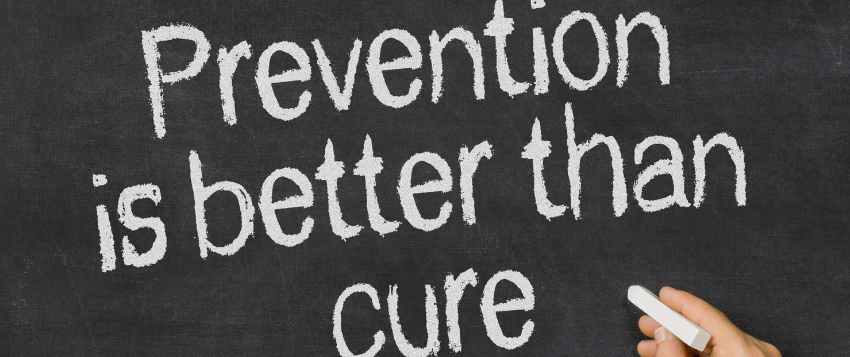Osteoporosis: A Silent Threat to Our Bones
Osteoporosis is often called the “silent disease” because it progresses without symptoms until a fracture occurs, typically in the hip, spine, or wrist. At its core, osteoporosis is a condition that weakens bones, making them fragile and more likely to break. But how does this silent thief of bone density sneak up on so many people, and what can be done to prevent or reverse its effects?
How Does Osteoporosis Develop?

Bone is living tissue, constantly being broken down and replaced. When we’re young, our bones are dense and strong, continuously renewing themselves. However, as we age, the rate at which old bone is broken down begins to outpace the formation of new bone. This imbalance leads to a gradual loss of bone density, particularly after the age of 30. Women, especially postmenopausal women, are more prone to osteoporosis due to the sharp decline in estrogen, a hormone that helps maintain bone density.
Some key risk factors include:
- Age: Bone mass naturally declines with age.
- Gender: Women are at higher risk, especially after menopause.
- Genetics: A family history of osteoporosis increases the likelihood of developing the condition.
- Lifestyle factors: Smoking, excessive alcohol consumption, poor diet, and a sedentary lifestyle can contribute to weakening bones.
- Medical conditions and medications: Conditions like rheumatoid arthritis, thyroid disorders, and long-term use of corticosteroids can accelerate bone loss.
Prevention: Building a Strong Foundation Early On

While age and genetics play significant roles in osteoporosis development, many lifestyle choices can help reduce the risk. Prevention starts early in life and continues into older adulthood. Here are key strategies to consider:
- Calcium and Vitamin D: Calcium is essential for building strong bones, while vitamin D aids in calcium absorption. Both nutrients are crucial throughout life, but especially as we age. Dairy products, leafy greens, and fortified foods are good sources of calcium, while sunlight exposure and foods like fatty fish can provide vitamin D.
- Weight-bearing Exercise: Physical activity strengthens bones, just as it strengthens muscles. Activities like walking, jogging, dancing, or strength training put stress on bones, stimulating them to rebuild and become stronger. Regular exercise also improves balance, reducing the risk of falls that can lead to fractures.
- Avoid Smoking and Excessive Alcohol: Smoking and heavy drinking can accelerate bone loss. Nicotine restricts blood flow to bones, while alcohol impairs calcium absorption, diminishing bone strength over time.
- Bone Density Tests: For those at risk, early screening through bone density tests (DEXA scans) can detect osteoporosis before fractures occur. This helps individuals take action to improve their bone health before it’s too late.
Correcting Osteoporosis: Is Reversal Possible?

If osteoporosis has already set in, the question of reversal becomes crucial. While it’s difficult to fully regain lost bone density, several interventions can stop its progression and, in some cases, help rebuild bone strength.
- Medications: Doctors often prescribe medications like bisphosphonates to slow bone loss and reduce fracture risk. Newer medications, such as hormone-related therapies and bone-building drugs, offer options that help stimulate bone formation.
- Nutrition: After diagnosis, focusing on a diet rich in calcium, vitamin D, magnesium, and potassium is vital to nourish bones. Nutritional supplements may also be recommended for those who struggle to get enough from diet alone.
- Exercise: Just as weight-bearing exercises prevent osteoporosis, they can also help maintain or rebuild bone strength. Strength training, balance exercises, and flexibility routines are essential to prevent falls and fractures.
- Lifestyle Adjustments: Minimising fall risks in the home environment, like using handrails or non-slip mats, can prevent fractures in those with osteoporosis. Additionally, reducing alcohol intake and quitting smoking continue to be critical factors in preventing further bone loss.
Looking to the Future: A Lifelong Commitment

Osteoporosis is not an inevitable part of aging. Although it may not be fully reversible, taking proactive steps throughout life—from youth to older age—can significantly reduce the risk of fractures and maintain bone health. Prevention begins with a focus on proper nutrition, regular exercise, and avoidance of harmful habits like smoking and excessive alcohol consumption.
But it’s never too late to take action. Even after a diagnosis, there are many options to prevent further bone loss and enhance quality of life. By making small, consistent changes, we can safeguard our bones for the long haul, ensuring a future that remains active, mobile, and fracture-free.
Osteoporosis is not just a condition of the bones—it’s a challenge to our lifestyle. The real question becomes: how do we choose to live today to preserve our health tomorrow? By committing to bone health now, we can avoid the consequences of this silent disease and age with strength and resilience.
Disclaimer – Healthi and its associates offers health and fitness information and is designed for educational and entertainment purposes only. You should consult your physician or general practitioner before beginning a new fitness program. You should not rely on this information as a substitute for, nor does it replace, professional medical advice, diagnosis, or treatment. If you have any questions or concerns about your health, you should always consult with a physician, general practitioner, or other qualified healthcare professional. Do not disregard, avoid or delay obtaining medical or health related advice from your healthcare professional because of something you may have read on our publications or lectures. The use of information provided though the urban wellness service is solely at your own risk and is not medical or healthcare advice.
